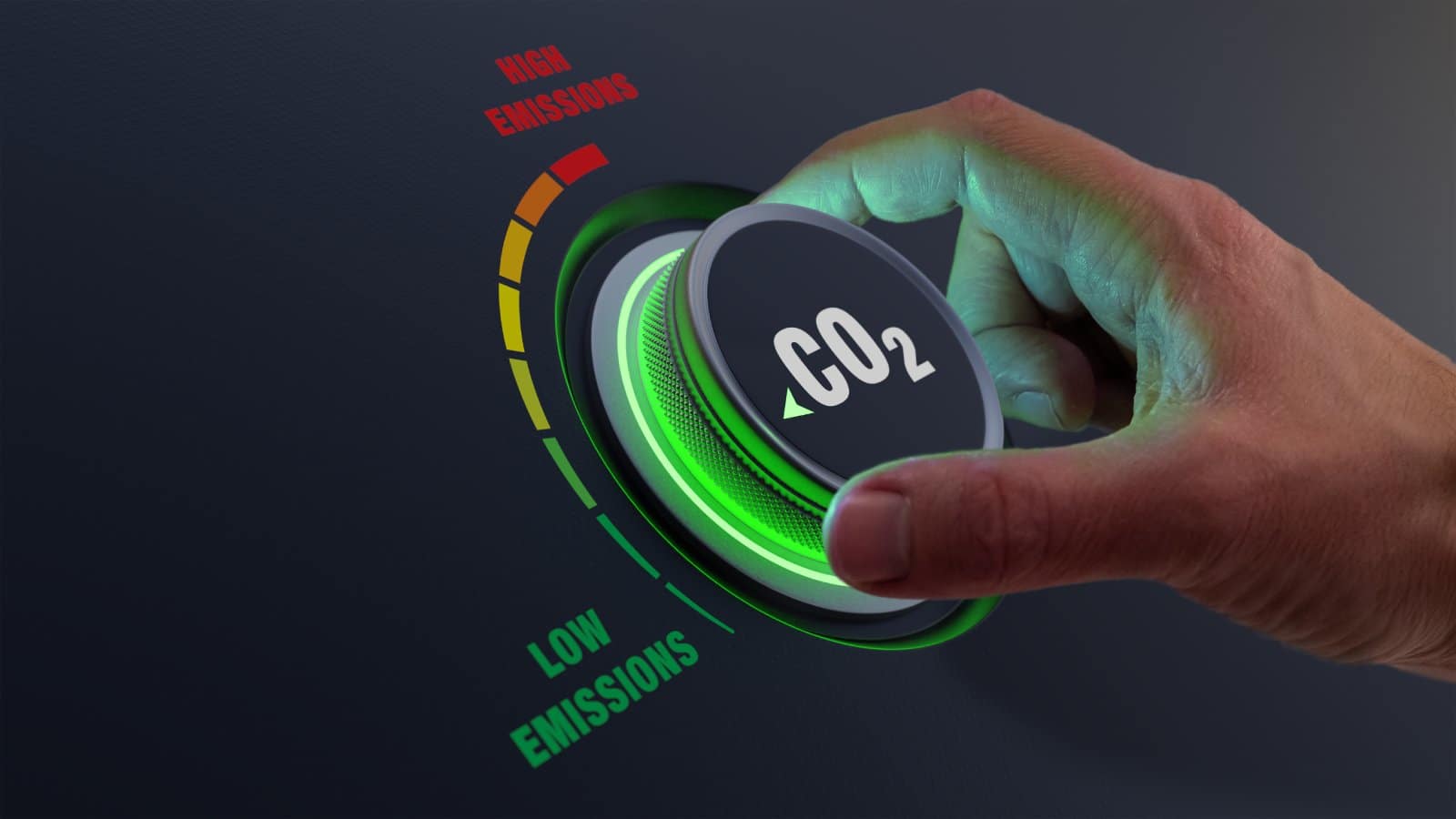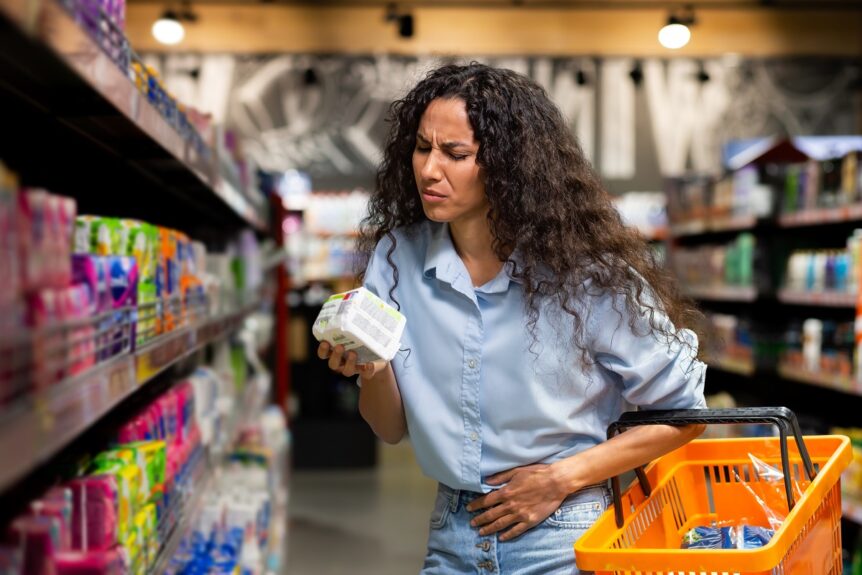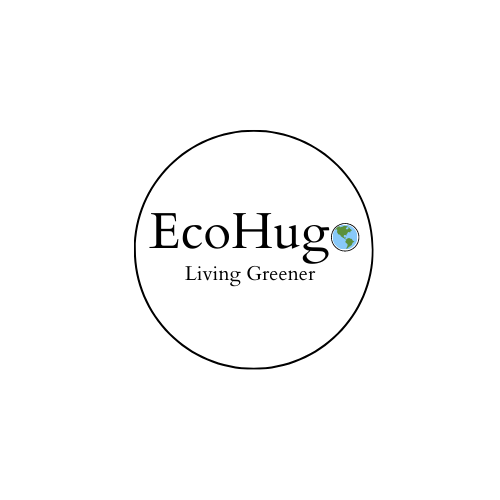Ever get the feeling that some “green” products are too good to be true? You might be right. Companies are getting cleverer at making their products seem eco-friendly when they’re not. Here are 20 outrageous ways they greenwash their products and mislead consumers.
1. Vague Claims

Image Credit: Shutterstock / Marius Pirvu
Companies use terms like “natural,” “eco-friendly,” or “green” without any proof or certification to back them up. It’s all about making you feel good without delivering real benefits.
2. Hidden Trade-Offs

Image Credit: Shutterstock / STEKLO
A product might have one green feature, like being made from recycled materials, but it could be produced in a factory that pollutes heavily.
3. Irrelevant Labels

Image Credit: Shutterstock / Minerva Studio
Slapping on labels like “CFC-free” on products that never contained CFCs to begin with. It’s like bragging about something they should be doing anyway.
4. Misleading Packaging

Image Credit: Shutterstock / BearFotos
Green colors and nature imagery on packaging can give the illusion of sustainability. Don’t be fooled by appearances alone.
5. Fake Certifications

Image Credit: Shutterstock / nelen
Creating their own “certifications” that look official but mean nothing. These are just marketing tools to trick you into trusting their product.
6. Overstating Benefits

Image Credit: Shutterstock / SomYuZu
Claiming that a small eco-friendly change, like using 5% less plastic, makes a huge environmental impact. The reality is often far less impressive.
7. Distracting with Irrelevant Information

Image Credit: Shutterstock / Hryshchyshen Serhii
Highlighting one tiny green aspect to distract from the larger environmental harm caused by the product. It’s a classic misdirection tactic.
8. Biodegradable but Not Really

Image Credit: Shutterstock / Dean Drobot
Saying a product is biodegradable, but only under industrial conditions not typically found in your backyard compost bin.
9. Renewable Energy Claims

Image Credit: Shutterstock / Yuganov Konstantin
Promoting that their product is made using renewable energy, but not mentioning that it’s only a tiny fraction of their overall energy use.
10. Carbon Offsetting

Image Credit: Shutterstock / NicoElNino
Claiming to be carbon neutral because they buy offsets, which often don’t compensate for the real environmental damage they’re causing.
11. Limited Green Products

Image Credit: Shutterstock / Alliance Images
Offering a small line of eco-friendly products to improve the brand’s overall image, while the majority of their offerings are far from green.
12. Short-Term Solutions

Image Credit: Shutterstock / Ekateryna Zubal
Promoting products that are eco-friendly only in the short term, like compostable items that take years to break down.
13. Made from Recycled Materials

Image Credit: Shutterstock / Pla2na
Using a very small percentage of recycled materials but marketing the entire product as green.
14. Energy-Efficient Lies

Image Credit: Shutterstock / fizkes
Claiming products are energy-efficient without standard tests or certifications to prove it. It’s all about looking good without the substance.
15. Natural Ingredients

Image Credit: Shutterstock / StoryTime Studio
Using the term “natural” for ingredients that are only minimally processed but could still be harmful.
16. Green Image Advertising

Image Credit: Shutterstock / Olena Yakobchuk
Running ads that show pristine nature scenes and happy animals to create an association with environmental friendliness, even if the product isn’t.
17. Omitting Information

Image Credit: Shutterstock / Bits And Splits
Leaving out critical information about the environmental impact of a product, such as harmful chemicals or waste produced during manufacturing.
18. Sustainable Resources

Image Credit: Shutterstock / GaudiLab
Claiming their product is made from sustainable resources when the sourcing practices are questionable at best.
19. Recyclable Claims

Image Credit: Shutterstock / chaylek
Saying a product is recyclable when the infrastructure to actually recycle it doesn’t exist in most places.
20. Over-packaging

Image Credit: Shutterstock / Nomad_Soul
Wrapping “eco-friendly” products in excessive amounts of plastic and non-recyclable materials, defeating the purpose entirely.
Don’t Fall for the Hype

Image Credit: Shutterstock / fizkes
Next time you see a product boasting its green credentials, take a closer look. Do your research, read the fine print, and don’t let companies fool you with their greenwashing tactics. Your wallet and the planet will thank you.
Featured Image Credit: Shutterstock / voronaman.
For transparency, this content was partly developed with AI assistance and carefully curated by an experienced editor to be informative and ensure accuracy.


